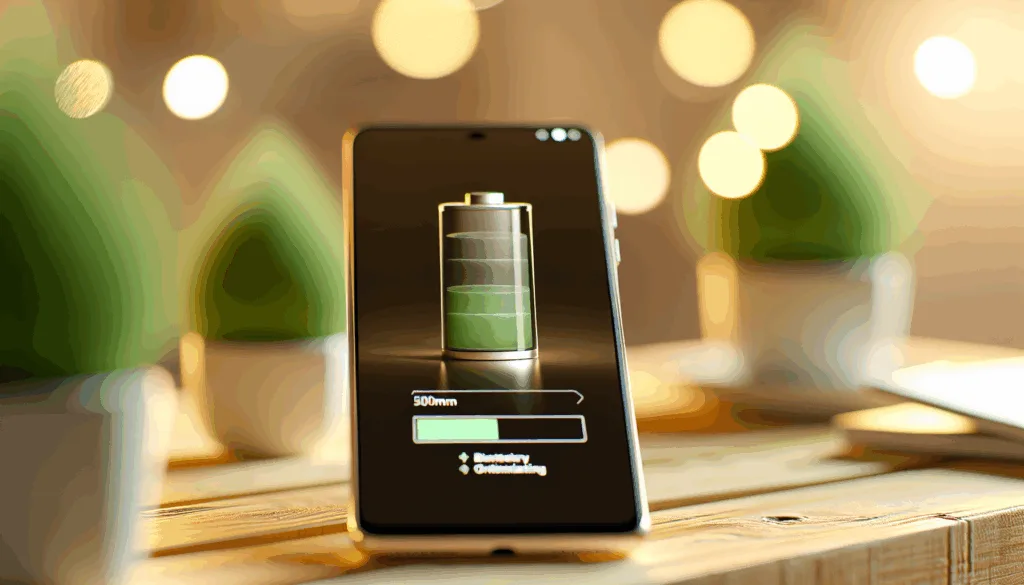How to Speed Up Your Old Smartphone in 2025
In a world where technology evolves at breakneck speed, your once-cutting-edge smartphone can quickly feel outdated. However, before you rush to replace it, consider giving it a new lease on life. With a few strategic tweaks, you can significantly enhance your old smartphone’s performance, making it feel almost new again. This guide will walk you through proven methods to speed up your device in 2025, ensuring it keeps pace with your daily demands.
Understanding the Causes of Slowness
Smartphones, like any technology, can slow down over time due to various factors. One primary reason is the accumulation of background processes and applications that consume system resources. As apps become more advanced, they often require more processing power and memory, which can overwhelm older devices. Additionally, operating system updates designed for newer models can sometimes strain older hardware, leading to sluggish performance.
Another critical factor is storage. As your phone fills up with photos, videos, and apps, the available storage space decreases, impacting the device’s speed. This is because smartphones need a certain amount of free space to function efficiently, particularly for tasks like updating apps or the operating system itself. Lastly, battery health can also affect performance. A degraded battery may not provide the necessary power, causing the phone to throttle its performance to conserve energy.
Understanding these underlying issues is crucial in addressing them effectively. By tackling each of these areas, you can breathe new life into your device, ensuring it serves you well for years to come.
Clearing Cache and Unnecessary Files
One of the simplest yet most effective ways to speed up your smartphone is by clearing its cache and removing unnecessary files. Over time, apps store temporary data, or cache, to help them load faster. However, when this data accumulates, it can consume significant storage space and slow down your device. Regularly clearing the cache can free up space and improve performance.
To clear the cache, navigate to your phone’s settings and find the storage or apps section. Here, you can clear the cache for individual apps or all apps at once. Additionally, consider using a reliable cleaning app that can help identify and remove junk files, duplicate photos, and other unnecessary data that might be bogging down your phone.
It’s also wise to periodically review your downloads folder and delete files you no longer need. This simple housekeeping task can significantly impact your device’s speed, making it a habit worth adopting.
Managing Apps and Background Processes
Apps are the lifeblood of any smartphone, but they can also be a source of sluggishness if not managed properly. Start by auditing the apps installed on your device. Delete any that you rarely use, as they may still consume resources by running background processes or sending notifications.
For the apps you do use, check their settings to see if you can reduce their impact on your device. Many apps allow you to disable background activity, which can free up system resources. Additionally, consider disabling notifications for non-essential apps to further reduce their background activity.
Utilizing your phone’s built-in battery and performance management tools can also be beneficial. These tools often provide insights into which apps are consuming the most resources, allowing you to make informed decisions about which apps to keep and which to remove.
Updating Software and Apps
Keeping your phone’s software and apps updated is crucial for maintaining optimal performance. Developers regularly release updates to fix bugs, improve security, and enhance functionality. These updates can also include performance optimizations that help your device run more smoothly.
Ensure that your smartphone is running the latest version of its operating system. While it’s true that some updates can be demanding on older hardware, they often include important improvements that can enhance speed and security. Similarly, keep your apps updated to benefit from the latest performance enhancements.
In some cases, older devices may not support the latest OS updates. If this is the case, focus on updating your apps and consider enabling auto-updates to ensure you’re always running the most recent versions.
Optimizing Battery Performance
A healthy battery is essential for maintaining your smartphone’s speed. As batteries age, their capacity diminishes, leading to reduced performance. To optimize battery performance, start by checking the battery health in your phone’s settings. If the battery is significantly degraded, consider replacing it to restore your device’s speed.
Additionally, adopt good charging habits to prolong battery life. Avoid letting your phone’s battery drain completely before charging, and try to keep it between 20% and 80% whenever possible. Use the original charger or a certified replacement to ensure efficient charging.
Enable battery-saving modes when you need to extend your device’s life between charges. These modes can limit background processes and reduce visual effects, both of which can improve performance and conserve battery life.

Utilizing Lightweight Apps and Services
In 2025, many developers offer lightweight versions of popular apps designed to run efficiently on older hardware. These apps consume less memory and processing power, making them ideal for speeding up your device. Look for "Lite" versions of social media apps, browsers, and other commonly used applications.
Lightweight apps often have fewer features than their full counterparts, but they retain core functionalities. This trade-off can be worthwhile if it means a faster, more responsive device. Additionally, consider using web-based services instead of apps when possible. For example, accessing social media through a browser can reduce the load on your device.
Another strategy is to disable or uninstall pre-installed apps, often referred to as bloatware. These apps can consume resources even if you don’t use them. If uninstalling isn’t an option, disabling them can prevent them from running in the background.
Performing a Factory Reset
If your smartphone remains sluggish despite your best efforts, performing a factory reset can be a last resort. This process restores your device to its original settings, removing all apps, files, and settings. It’s a drastic step, but it can resolve persistent performance issues caused by software glitches or accumulated data.
Before proceeding with a factory reset, back up your important data to the cloud or an external storage device. This ensures you won’t lose valuable information during the process. Once your data is secure, navigate to your phone’s settings and initiate the factory reset.
After resetting, your device will likely feel faster and more responsive. Reinstall only the apps you truly need, and consider applying the optimization strategies discussed earlier to maintain performance.
Conclusion
Revitalizing an old smartphone in 2025 is not only possible but also practical with the right approach. By understanding the root causes of slowness and applying targeted solutions, you can extend your device’s lifespan and improve its performance. From clearing cache and managing apps to optimizing battery health and considering a factory reset, each step plays a crucial role in speeding up your smartphone. Embrace these strategies, and enjoy a device that keeps pace with your lifestyle, without the need for an immediate upgrade.

